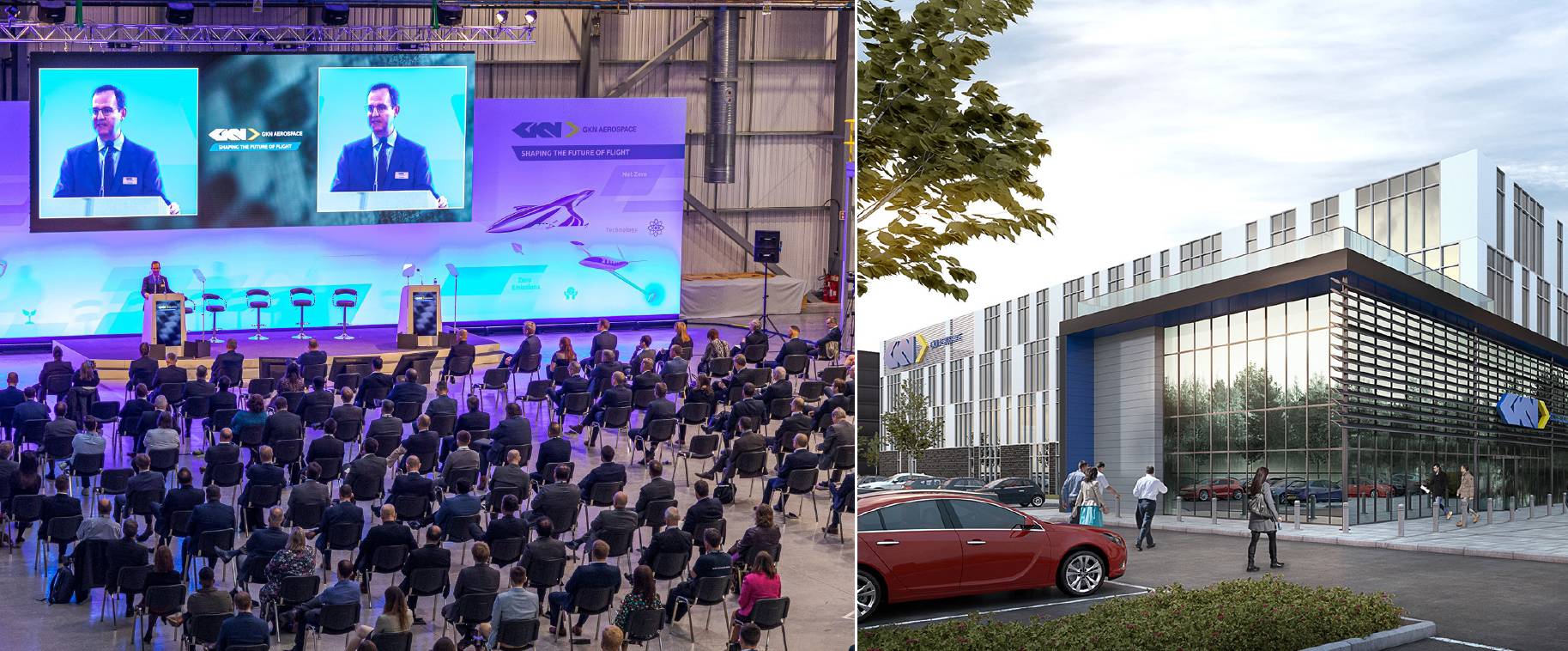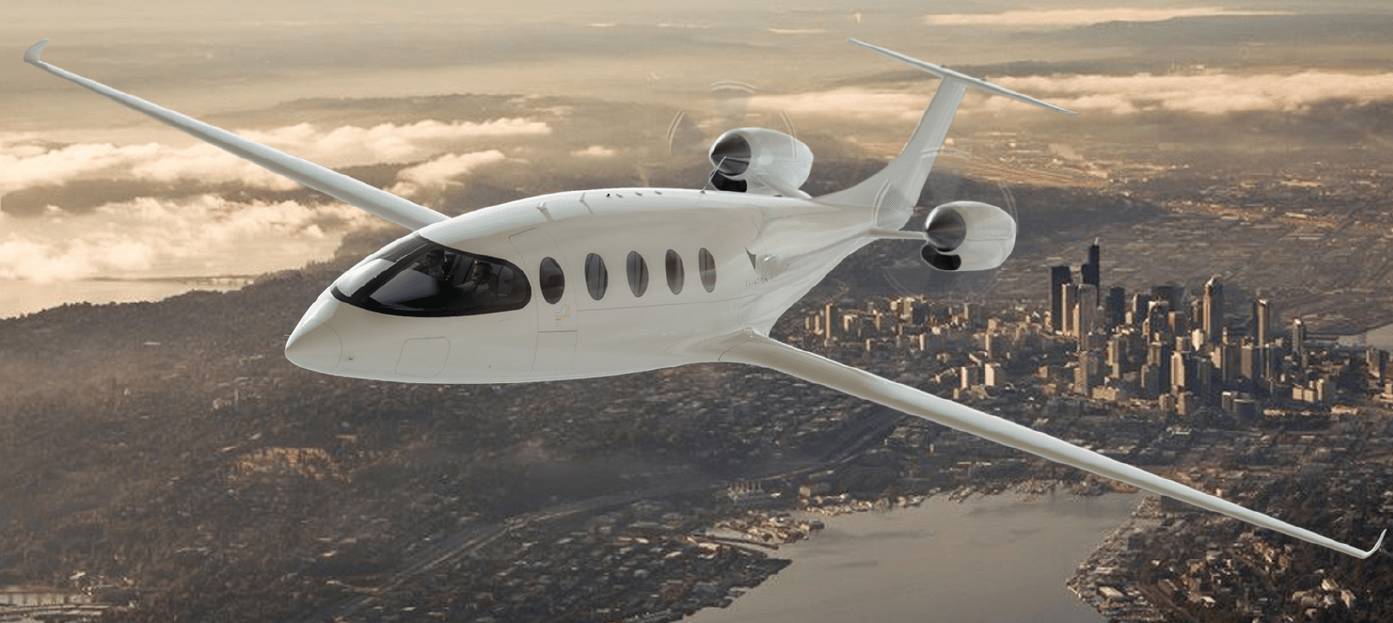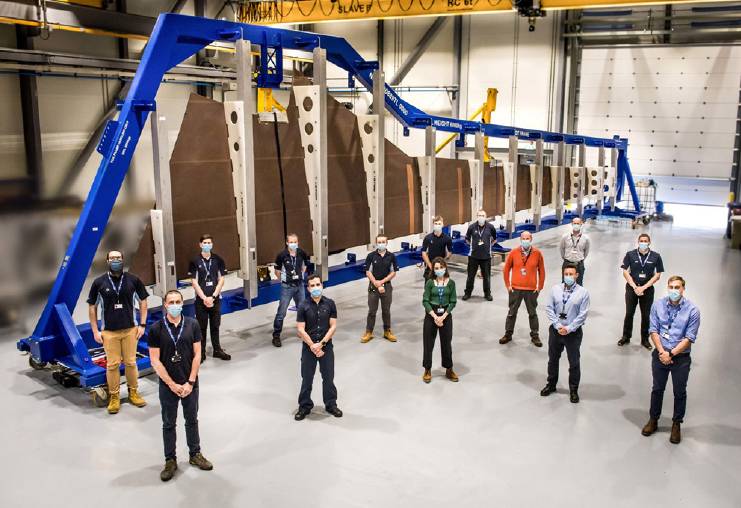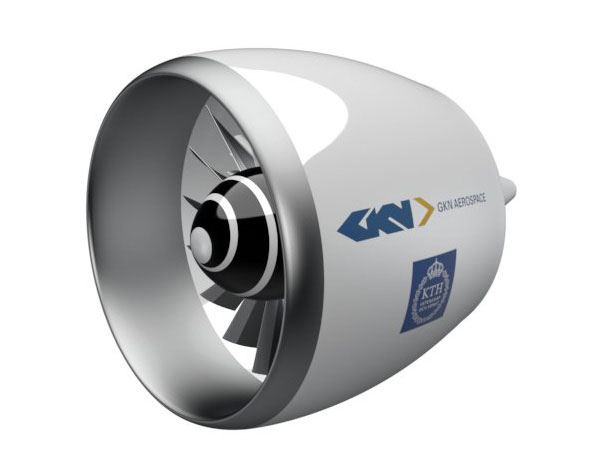AEROSPACE GKN Aerospace Global Technology Centre
Good neighbours
DOMINIC PERRY*, reports from the opening of GKN Aerospace’s new Global Technology Centre in Filton, UK on 18 October 2021.
 Left: The centre’s opening ceremony. Right: GKN’s new Global Technology Centre. GKN Aerospace
Left: The centre’s opening ceremony. Right: GKN’s new Global Technology Centre. GKN Aerospace
GKN Aerospace has reinforced its presence in the UK with the opening of its new £32m ($44m) global technology centre (GTC) in Bristol. Located in Filton – the heart of the city’s historic aerospace industry – the facility has been part-funded by the UK government-backed Aerospace Technology Institute, which provided £15m.
Specialising in research and development into the technologies required for tomorrow’s low- or zero-carbon aircraft, such as advanced manufacturing techniques and hydrogen propulsion, the site will ensure that GKN retains its position as a key tier one supplier.
Celebrating the formal opening of the GTC on 18 October, David Paja, GKN Aerospace Chief Executive, said the centre is based around two ambitions: “developing industry-changing technology and creating a world-class ecosystem”.
The GTC was “created to be a partnership hub”, he said, creating a space where GKN and the wider industry and academia can collaborate “o integrate, connect and support our partners, our customers and our suppliers in a way that enables the very best capability from around the UK to have its greatest impact.”
 An artist’s impression of the Eviation Alice electric aircraft. Eviation
An artist’s impression of the Eviation Alice electric aircraft. Eviation
While near neighbours of the GTC include aerospace giants Airbus and Rolls-Royce, GKN stresses that it is already working with companies from outside the industry, such as McLaren, Renishaw and Sandvik. Once fully operational, it will house 300 people from GKN and its partners.
Paja emphasises that research enabling the decarbonisation of aviation will be a core focus of the site. “The deployment of new technologies, such as additive manufacturing and composite materials, can deliver significant improvements in the efficiency of conventional aircraft and engines,” he says.
“‘The Airbus’ ‘Wing of Tomorrow’ programme, where our rear spar in composite materials is a critical building block, is a great example.”
 Airbus
Airbus
GKN handed to Airbus the first fixed trailing edge for that programme in September – one of the initial projects to be delivered from the GTC.
However, preceding that, GKN earlier this year shipped the first composite empennage, wings and wiring system for the Eviation Alice electric aircraft – a project that was begun while construction of the GTC was still under way. In addition, says John Pritchard, President of GKN’s civil aerospace business, “thanks to the site’s agile working, the structures for the Alice were designed, produced and delivered in around 12 months.”
